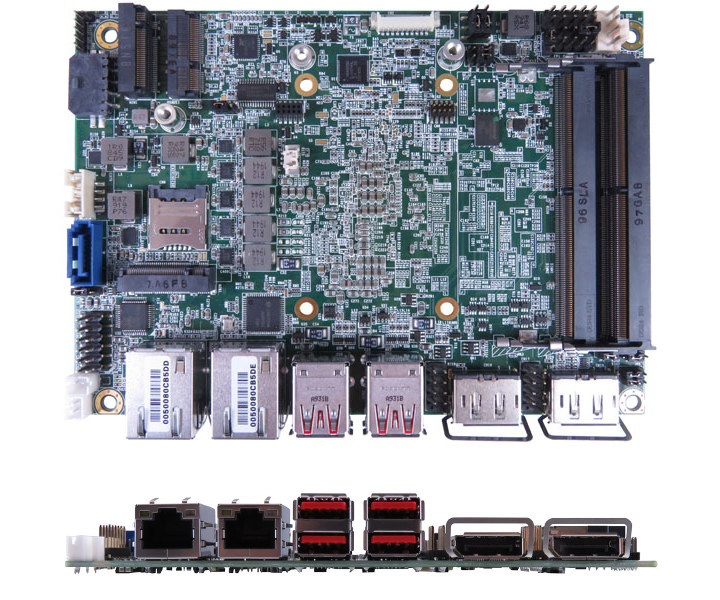
Ensure that the devices are correctly aligned according to the radiation pattern found in their respective data sheets.It is important to ensure that the center of the radiation patterns meet as directly as possible. Physical alignment of devices is a crucial determining factor of signal strength. Lower frequency radio signals have greater Fresnel Zones higher frequency signals, narrower Fresnel Zones.Mounting devices higher can improve line of sight and Fresnel Zone clearance.The first Fresnel Zone requires at least 60% clearance for stable signal levels.If the line of sight between the two devices is obstructed in any way, signal levels will be weak and unstable.The clearer this first Fresnel Zone remains, the better the signal can become. At least 60% of the first Fresnel Zone should be clear of all obstructions in order to ensure strong and stable signal levels sufficient for the link to connect. Fresnel Zones represent an elliptical shapes around the beam in which radio waves propagate. While some frequencies can penetrate some obstructions, all signals will suffer when line of sight is blocked in any way.Īchieving clear line of sight does not merely refer to a straight line between link ends, but rather, ensuring Fresnel Zones remain unobstructed as well. Path obstructions between devices at link ends greatly affect the signal strength of the link. Factors to Assess Line of Sight & Fresnel Zone Using iPerf3 across the link before and after these steps will help track the results of any improvements. Increasing SNR and CINR values by following the steps to assess the factors below should result in improved capacity and throughput on the dashboard.


This article mentions seven factors that will affect stability. Having a greater CINR is paramount for a proper link stability.

In most cases, wireless links that suffer from poor throughput or instability do not have the proper CINR to maintain a stable link. Having the proper CINR means having a much stronger signal over the noise in an environment. The CINR is Carrier to Interference+Noise Ratio which is basically "signal to noise ratio" (SNR) in dB. If the link faces low throughput or instability, please follow these guidelines to improve your overall wireless link health. This article aims to assist the user in obtaining the proper CINR/SNR for every deployment.


 0 kommentar(er)
0 kommentar(er)
